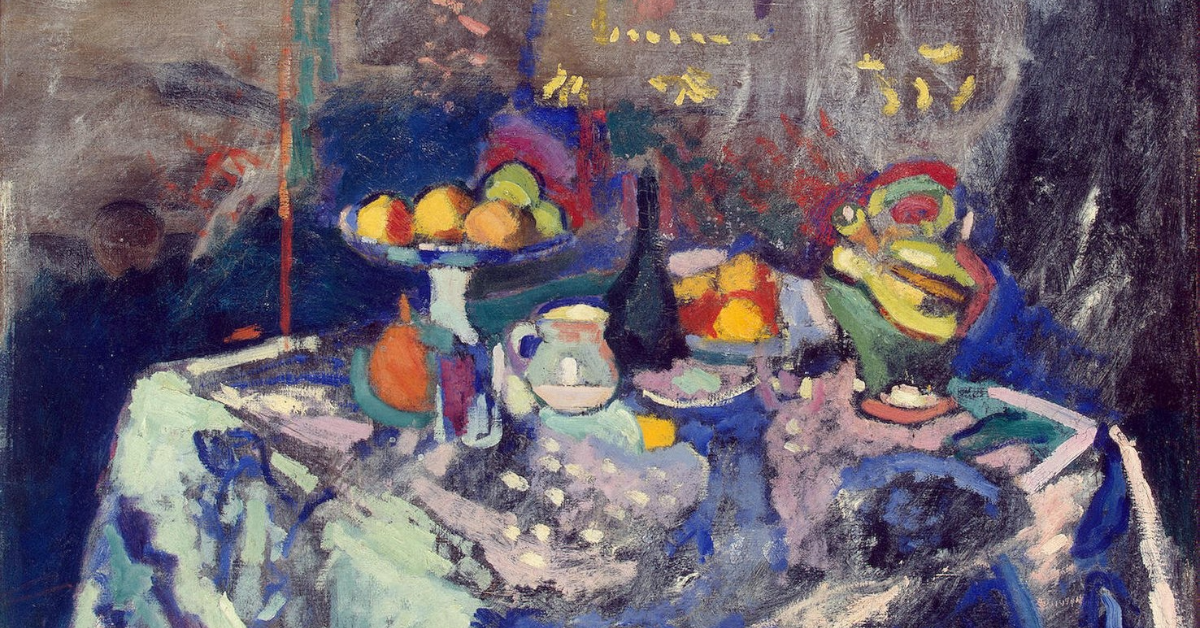If one is seeking creative inspiration, one need look no further than the artistic output of Henri Matisse, one of modern art’s greats. He lived to be 84 and it wouldn’t be all that far-fetched to say that he spent as much of those 80-plus years steeped in art and creative making as he conceivably could. Let’s delve into eight of the prolific artist’s styles, loosely linked to eras of time, to get the full scope of his wide-ranging art.
Subscribe to Artists Magazine now so you don’t miss any great art instruction, inspiration, and articles like this one.
Early Paintings
Matisse began painting in 1889, near the edge of 20. Though he started relatively late in life (studying to be a lawyer first) and only by chance when his mother bought him a set of painting supplies to keep himself occupied while bedridden, recovering from appendicitis, Matisse soon became completely enamored with art. He emptied his bank accounts on one occasion to buy art from the artists he admired. The early works show Matisse was inspired by many — Van Gogh, Gauguin, Cezanne and Rodin — though if there was one painter above all who would claim the lion’s share of his devotion, it would be Cezanne. That artist’s color sensibilities and compositional skill would inspire Matisse extensively over the years. Many of the early paintings exhibit a Divisionist style, with unblended patches of color apparent on the canvas, leaving the color “mixing” to the eye. The work is also focused largely on form and is somewhat reserved and conventional in color and subject matter.
Growing Access and Influence
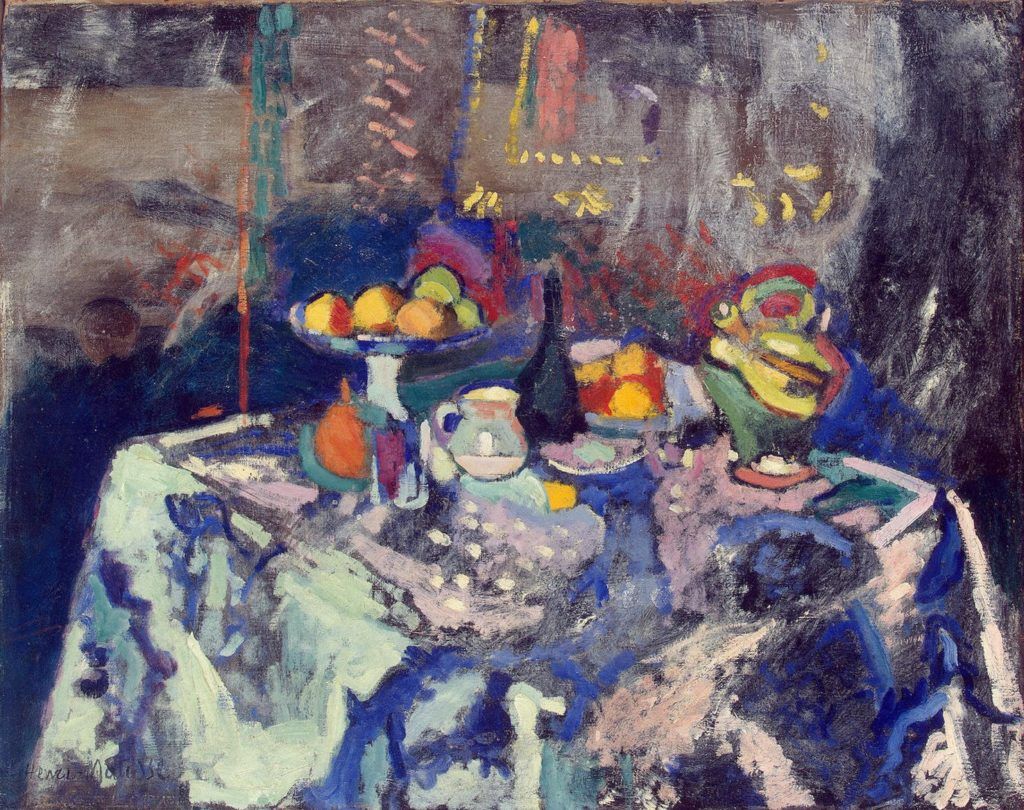
In April 1906, Matisse met Pablo Picasso, who would become a lifelong friend and foil when it came to art. The two were often compared. In contrast to Picasso though, Matisse more often painted from life and his figures were painted in more fully realized settings. Matisse came to teach at the Académie Matisse in Paris, funded by wealthy friends, from 1907-11. He also became close with Gertrude Stein and her circle. Of Matisse’s work on view at her weekly salon gatherings at 27 rue de Fleurus, Gertrude Stein said: “More and more frequently, people began visiting to see the Matisse paintings—and the Cézannes: Matisse brought people, everybody brought somebody, and they came at any time and it began to be a nuisance, and it was in this way that Saturday evenings began.”
Fauvism
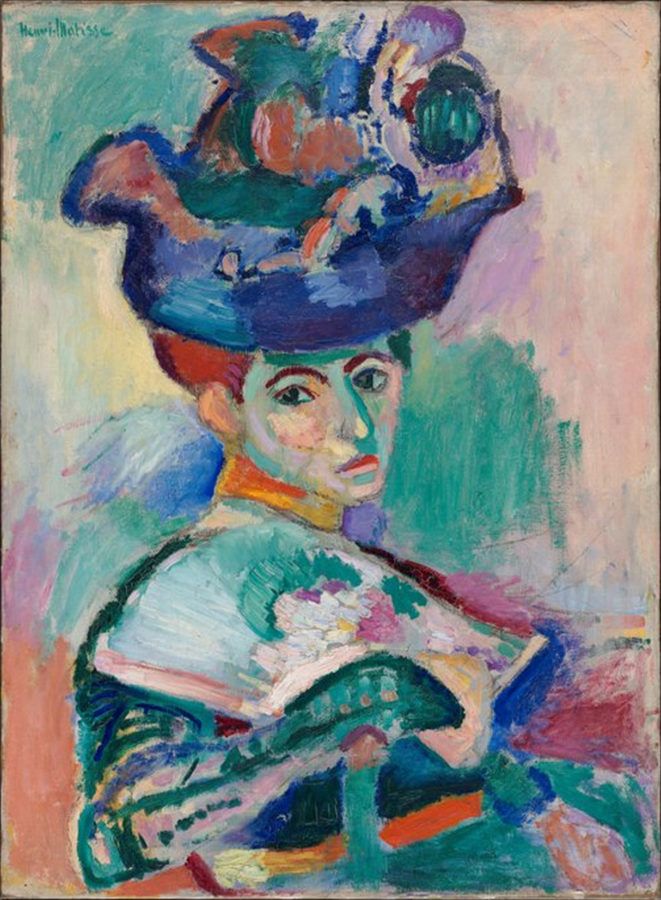
It lasted a bit more than a decade and its heydays were from 1904-1908 with three exhibitions that put its leaders, one of whom was Matisse, on the map. The Fauvist style was known for its wild, uncontrolled color that had no basis in nature. The application of the paint was thought to be raw and unrefined, the work of “wild beasts,” which is where the term Fauvism derives.
Highest Highs and Lows
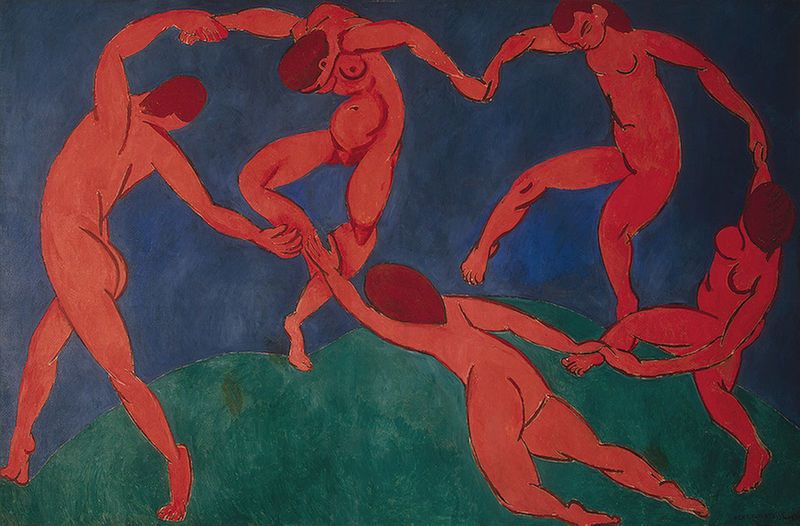
Matisse’s work in the 1910s is all about bright, expressive color and planes of color with a particular attention to line. When Fauvism fades, he’s well on his way, continuing to absorb the visual language of Primitivism and African art, and travelling far and wide — from Algiers to Spain and Morocco. In many quarters, his art is well received. Art critic Guillaume Apollinaire calls his work “eminently reasonable” and he is part of the major artistic movement taking place in Paris during the time. Many of his most famous works are produced during this era. But simultaneous to painting masterpieces like La Danse, Matisse is also forced to deal with critical scorn, difficulty selling his work and, at the Armory Show in Chicago in 1913, having his painting, Nu bleu, burned in protest.
Return to Order
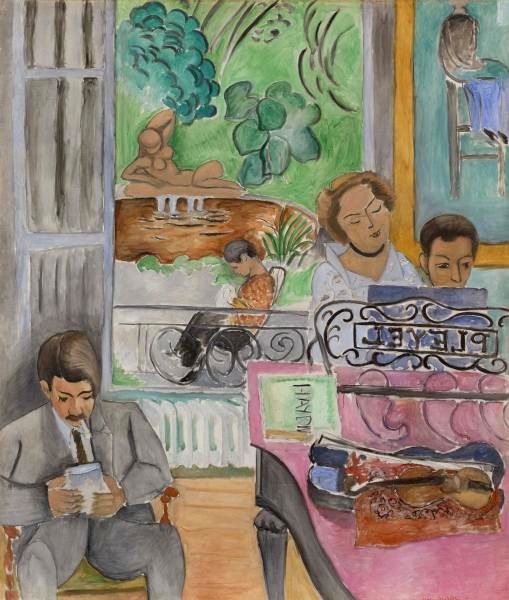
In 1917, Matisse moved his household to Nice on the French Rivera. Like many post-World War I artists, Matisse pulls back on extremism. He found comfort, it seems, in more relaxed, softer subjects and depictions. Some critics called the works of this period decorative and shallow, but Matisse was not alone — this pulling back was a phenomenon seen among many artists of this period including Picasso and Stravinsky.
The Dance Continues
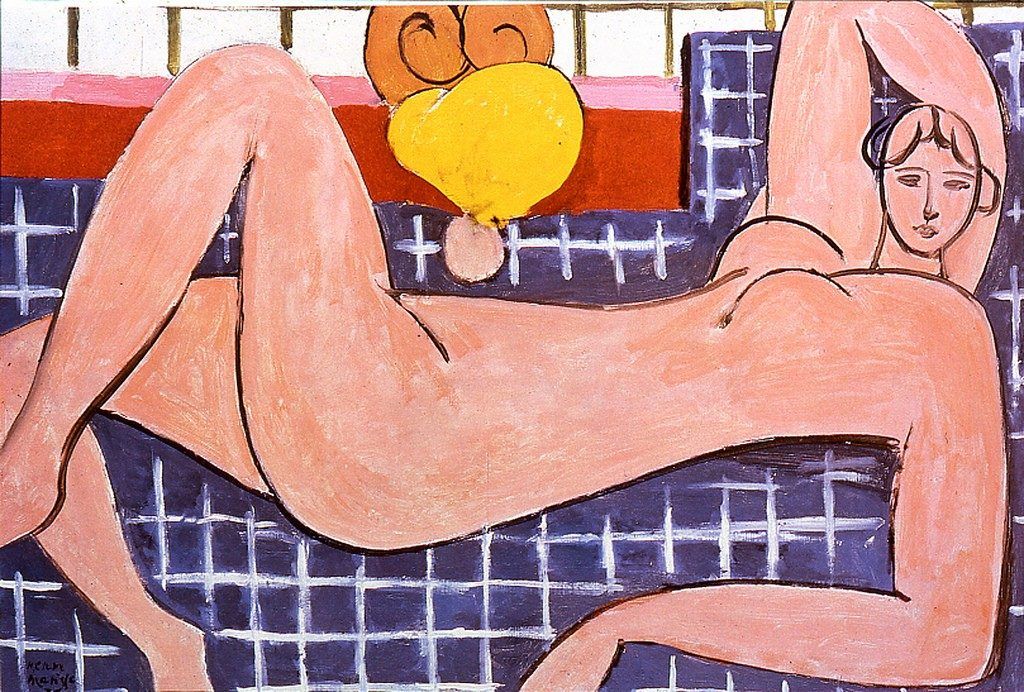
In the 1920s, Matisse reengaged with the art world at large, create many works in collaboration with artists worldwide. The 1930s brought a renewed commitment and boldness to his work. Large Reclining Nude was created and indicates where the next big thing for Matisse is headed: simplified forms and cutouts.
Occupied Art
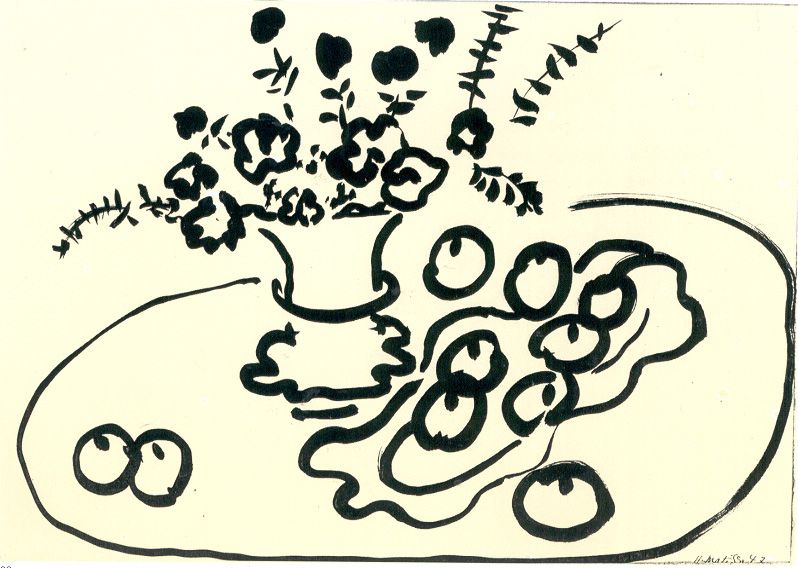
Matisse could have fled France during the onset of World War II but chose to stay and as a non-Jewish citizen he was able to do so relatively safely. “It seemed to me as if I would be deserting,” he wrote to his son, Pierre, in September 1940. “If everyone who has any value leaves France, what remains of France?” Matisse continued to make art and was, surprisingly, able to display his work during this time. He also worked as a graphic artist, creating black and white book illustrations and some hundred lithographs.
The Cutouts
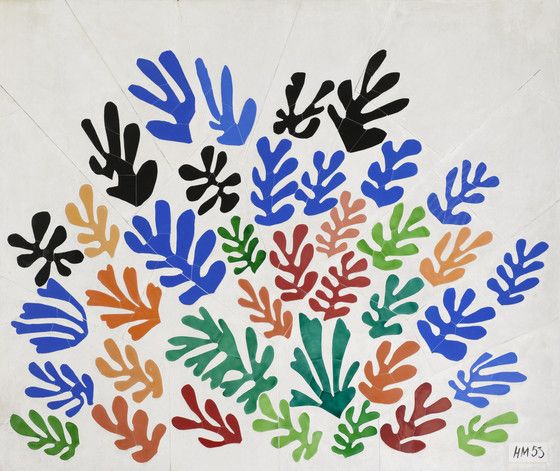
In the early 1940s, after surgery, Matisse again discovered a love for an art form while convalescing. This time, with paper and scissors, creating cutouts and collages that would eventually replace painting completely for the artist. These started on the small scale but eventually came to occupy entire rooms as full-size cutout murals. Matisse finished his last painting in 1951 and the cutouts were the last artworks he ever made.
Want More Matisse?
If you are as excited about the work of Henri Matisse as we are, let your own art in on the inspiration. With Intuitive Art: Painting Like Matisse you’ll learn to paint in the iconic style (or at least one of them!) of this famous creator and see how his creative building blocks can be a starting point for your own as well!
This article was originally posted in 2018. Updated August, 2023
Enjoying this article? Sign up for our newsletter!
